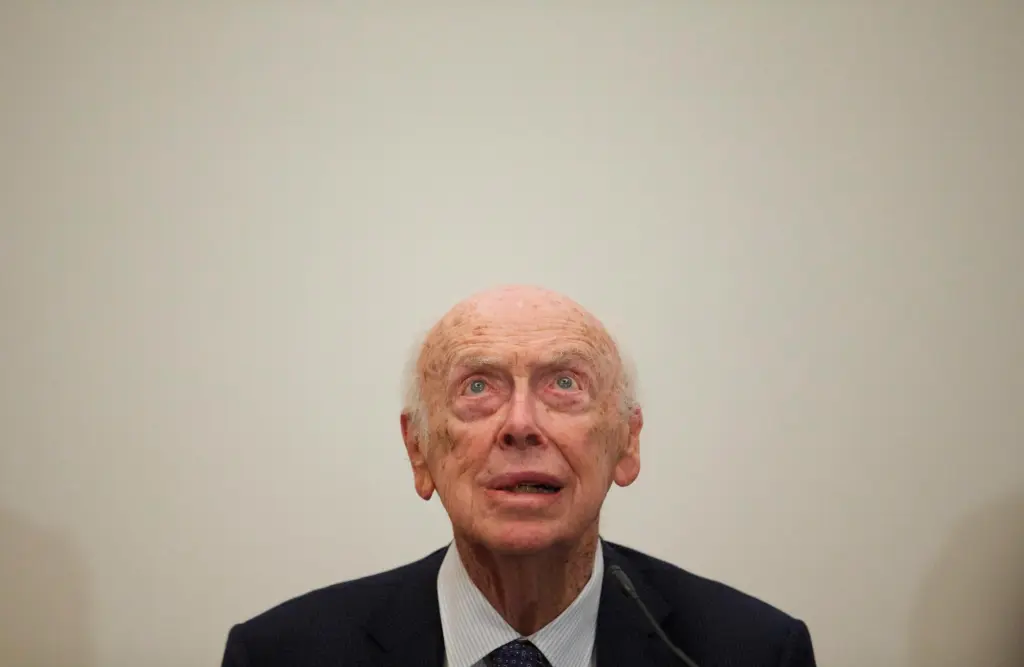Copyright Reading Eagle

For information on submitting an obituary, please contact Reading Eagle by phone at 610-371-5018, or email at obituaries@readingeagle.com or fax at 610-371-5193. Most obituaries published in the Reading Eagle are submitted through funeral homes and cremation services, but we will accept submissions from families. Obituaries can be emailed to obituaries@readingeagle.com. In addition to the text of the obituary, any photographs that you wish to include can be attached to this email. Please put the text of the obituary in a Word document, a Google document or in the body of the email. The Reading Eagle also requires a way to verify the death, so please include either the phone number of the funeral home or cremation service that is in charge of the deceased's care or a photo of his/her death certificate. We also request that your full name, phone number and address are all included in this email. All payments by families must be made with a credit card. We will send a proof of the completed obituary before we require payment. The obituary cannot run, however, until we receive payment in full. Obituaries can be submitted for any future date, but they must be received no later than 3:00 p.m. the day prior to its running for it to be published. Please call the obituary desk, at 610-371-5018, for information on pricing. James D. Watson, whose co-discovery of the twisted-ladder structure of DNA in 1953 helped light the long fuse on a revolution in medicine, crimefighting, genealogy and ethics, has died, according to his former research lab. He was 97. The breakthrough — made when the brash, Chicago-born Watson was just 24 — turned him into a hallowed figure in the world of science for decades. But near the end of his life, he faced condemnation and professional censure for offensive remarks, including saying Black people are less intelligent than white people. Watson shared a 1962 Nobel Prize with Francis Crick and Maurice Wilkins for discovering that deoxyribonucleic acid, or DNA, is a double helix, consisting of two strands that coil around each other to create what resembles a long, gently twisting ladder. That realization was a breakthrough. It instantly suggested how hereditary information is stored and how cells duplicate their DNA when they divide. The duplication begins with the two strands of DNA pulling apart like a zipper. Even among non-scientists, the double helix would become an instantly recognized symbol of science, showing up in such places as the work of Salvador Dali and a British postage stamp. The discovery helped open the door to more recent developments such as tinkering with the genetic makeup of living things, treating disease by inserting genes into patients, identifying human remains and criminal suspects from DNA samples and tracing family trees. But it has also raised a host of ethical questions, such as whether we should be altering the body’s blueprint for cosmetic reasons or in a way that is transmitted to a person’s offspring. “Francis Crick and I made the discovery of the century, that was pretty clear,” Watson once said. He later wrote: “There was no way we could have foreseen the explosive impact of the double helix on science and society.”



